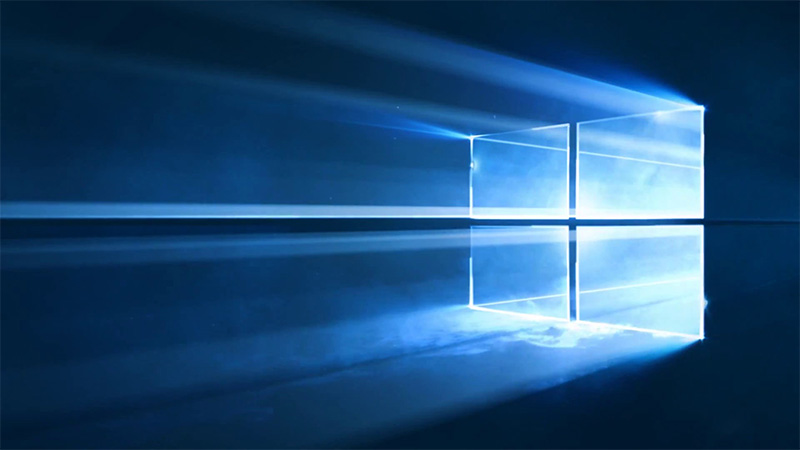Overall Windows desktop share dips below 90 percent
Alternative OSes continue to make gains.

It was a bit of an odd month for Windows in April, one that saw its total share of the desktop OS market fall below 90 percent for the first time since actively tracking such things, according to data collected by Net Applications. We’re not really sure what to make of this, so we’ll file it under the ‘Things that make you go hmm’ category for the time being.
Collectively all versions of Windows accounted for 89.23 percent of PCs tracked by Net Applications in the month of April. Also for the first time in a long time, Windows 7 dropped below 50 percent, going from 51.89 percent in March to 48.81 percent in April. That’s the lowest it’s been for as far back as Net Applications will let us look, which is May 2014 (50.06 percent).
Windows XP’s grip on the desktop OS market has been somewhat defiant since the start of the year by hovering around the 11 percent mark, though it too reached a backwards milestone of sorts, dropping to 9.67 percent—it’s the first time Windows XP’s share of the desktop market has been in single digits for as far back as Net Applications lets us look.
Windows 8 and Windows 8.1 also saw drops in share, though not by so much that it was notable for any reason. And that’s all just fine with Microsoft so long as Windows 10 continues to gain ground, which it did, albeit at a slower pace than in recent months. Windows 10 improved its position a fraction of a percent, going from a 14.15 percent share of the desktop OS market in March to finishing April with a 14.36 percent. It was at 12.82 percent in February and 11.85 percent to begin the year.
So if Windows overall share dropped, who saw the biggest gains? Not OS X 10.11, whose share actually shrank 0.1 percent since March, but looking at another chart, Mac OSes went up 1.5 percent. It appears that previous versions of OS X gained market share over last month; make of that what you will. Overall, the “Other” category saw a 4.5 percent increase over the past month.
Given the way things have been going, it’s not likely that Windows 10 will jump past Windows 7 as the most widely used version of Windows this year. Even if on a monthly basis Windows 10 would continually gain a full percentage point and Windows 7 kept dropping by 3 percent, Windows 7 would still hold a slim lead in December before finally conceding the top spot in January of next year.
Regardless of how all that plays out, Microsoft’s goal is to have Windows 10 installed on 1 billion devices within three years of launch, which works out to July 2018. The last official count from Microsoft has Windows 10 on 270 million devices eight months after launch.
The biggest gaming news, reviews and hardware deals
Keep up to date with the most important stories and the best deals, as picked by the PC Gamer team.
Part of the reason why Windows 10 got off to a fast start is because Microsoft offered it as a free upgrade to anyone running Windows 7 or Windows 8/8.1. That upgrade offer is valid until July, at which point it will be interesting to see if Microsoft extends the offer or holds firm on the one-year deadline.
Should you upgrade to Windows 10 if you haven’t already? The upside for gamers is that Windows 10 is the only OS that supports DirectX 12. There aren’t a bunch of DirectX 12 titles out there, but who knows that the future brings. Erring on the side of preparedness could be the reason why Steam’s Hardware Survey for April shows Windows 10 virtually tied with Windows 7 at around 39.5 percent.
Paul has been playing PC games and raking his knuckles on computer hardware since the Commodore 64. He does not have any tattoos, but thinks it would be cool to get one that reads LOAD"*",8,1. In his off time, he rides motorcycles and wrestles alligators (only one of those is true).


